Entry Category: State
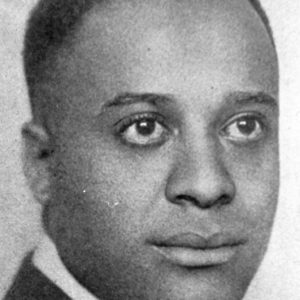 A. E. Bush
A. E. Bush
Campaign Finance Laws
 T. W. Campbell Article
T. W. Campbell Article
Campbell, Tom Walter
 Capitol Balcony
Capitol Balcony
 Capitol Construction
Capitol Construction
 Capitol Construction
Capitol Construction
 Capitol Construction
Capitol Construction
 Capitol Interior
Capitol Interior
Carnes, Gressie Umsted
 Carpenter Campaign Letter
Carpenter Campaign Letter
 Carpenter Campaign Note
Carpenter Campaign Note
 Warren Carpenter Resume
Warren Carpenter Resume
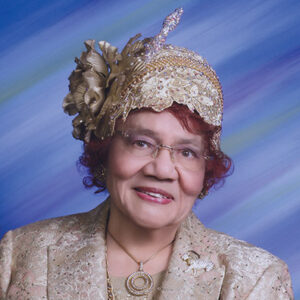 Vertie Carter
Vertie Carter
Carter, Vertie Lee Glasgow
Cazort, William Lee
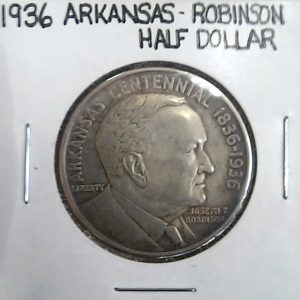 Centennial Robinson Half Dollar
Centennial Robinson Half Dollar
 Centennial Half Dollar, First Design
Centennial Half Dollar, First Design
 Centennial Half Dollar, Front
Centennial Half Dollar, Front
Cherokee Boundary Line
aka: Old Cherokee Boundary Line
 Cherry Ribbon
Cherry Ribbon
 Cherry at Capitol
Cherry at Capitol
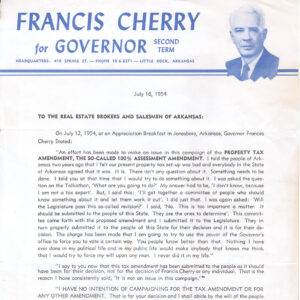 Cherry Campaign Letter
Cherry Campaign Letter
Cherry, Francis Adams
Choctaw Boundary Line
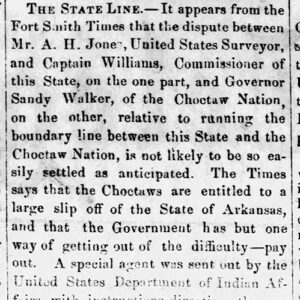 Choctaw Boundary Line
Choctaw Boundary Line
Churchill, Thomas James
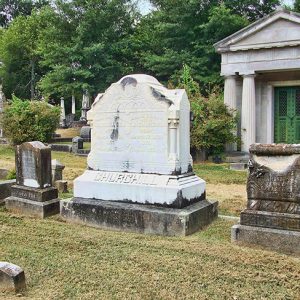 Thomas Churchill Family Plot
Thomas Churchill Family Plot
 Clark Staff
Clark Staff
Clark, John Steven (Steve)
aka: Steve Clark
Clarke, James Paul
Clayton, Powell
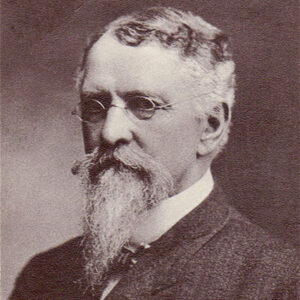 William H. H. Clayton
William H. H. Clayton
Clendenin, John J.
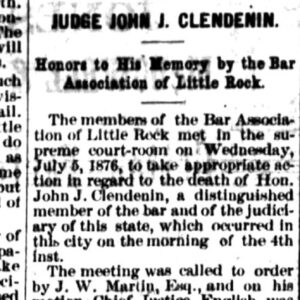 John J. Clendenin Memorial
John J. Clendenin Memorial
 Clinton and Kelley
Clinton and Kelley
 Clinton and Tucker
Clinton and Tucker
 Clinton Meets Goldwater
Clinton Meets Goldwater
Clinton, Bill
aka: William Jefferson Clinton
 Bill Clinton
Bill Clinton
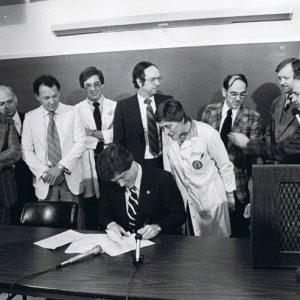 Bill Clinton Signing Act 1092 for Arkansas Children’s Hospital
Bill Clinton Signing Act 1092 for Arkansas Children’s Hospital
 Hillary Clinton
Hillary Clinton
 Cobb Book Presentation
Cobb Book Presentation
Cobb, Osro
Collins, Richard D’Cantillon
Commissioner of State Lands, Office of
aka: Office of Land Commissioner
Confederate State Capitol Building (Hempstead County)
aka: Hempstead County Courthouse of 1836
 Congressional Districts Map
Congressional Districts Map




